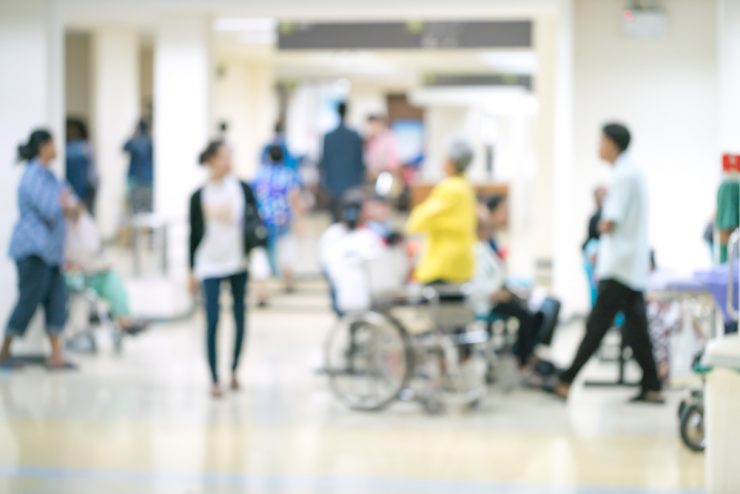Diagnosis
The symptoms are a clear indication of infection by staphylococcal bacteria. However, diagnosis can be confirmed by laboratory testing of body fluids like blood, infected tissue or pus for the presence of staphylococcal bacteria.
In case there is a possibility of an internal abscess, you will be advised to get an X-ray to locate the position of the abscess and determine the severity of infection.
Treatment
Treatment for mild staphylococcal infections include
Keeping the infected area clean
Wash with anti-bacterial soap
Warm soaks with a moist towel on the infected area for about half an hour, repeated 3-4 times in a day. Ensure that towel is used only once and then washed clean before reuse.
Treatment of serious or recurring infections might need antibiotic medications and draining out of pus from under the skin. Severe cases might need intravenous antibiotics for long period maybe even six weeks. These are especially used for eye infections or those in the face area.
The antibiotic type that is prescribed depends on the place of infection and its severity. Certain strains of staphylococcus have developed resistance to antibiotics. MRSA or methicillin resistant staphylococcus aureua is a strain which is resistant to all common antibiotic types, so needs to be treated accordingly.
Abscesses formed internally or in deeper layers of skin need to be surgically drained to clear the pus.
Food poisoning may need to be treated with prescribed medications to relieve symptoms. Diarrhoea and vomiting can cause dehydration in the body and needs replenishment through plenty of water and fluid intake.
Most people are able to recover completely from the infections of staphylococcus although there can be recurrence in some cases.
Prevention
Below tips can help prevent spread and developing of staphylococcal infections:
Personal hygiene – Wash hands regularly, shower and bathe daily, keep any cuts or scrapes covered and cleaned.
If one comes in contact with the infected site of a person suffering from the infection, it is advised to wash hands thoroughly and preferably with an antibacterial soap.
To prevent spread of the infection from an infected body part to other healthy parts, one should remove pus from the infected areas and clean the area with antibacterial soap or antiseptic liquids. Showering is preferred over bathing till the infection site has healed.
Sharing of towels, bed linen and wash cloths should be avoided, especially with people already infected with the bacteria. The infected towels and bed linen should be changed daily and separately washed in hot water and bleach
Take a healthy and balanced diet with abundant fruits and vegetables, to strengthen the immune system and fight such infections naturally.
Some staphylococcus strains tend to contaminate artificial devices and limbs in the body and even tubes used for administering or draining fluids into the body. One should ensure such devices are removed and sterilized regularly.
Food poisoning can be prevented by maintaining food at the right temperature (hot food at or over 60C (140F) and cold food at or under 5C (41F). Also cooked food should be cooled down as early as possible in an uncovered or partially covered container to avoid trapping heat inside
Avoid reheating cool or cold foods more than one time.
Staphylococcal infections -2

Let us know if you liked the post. That’s the only way we can improve.












